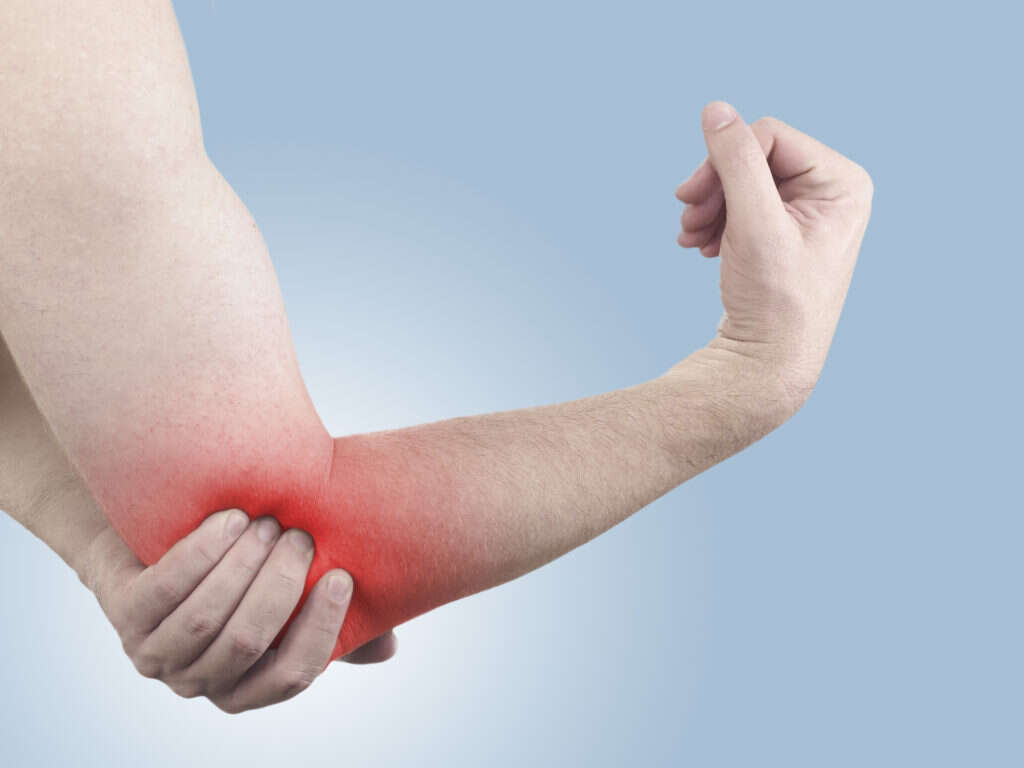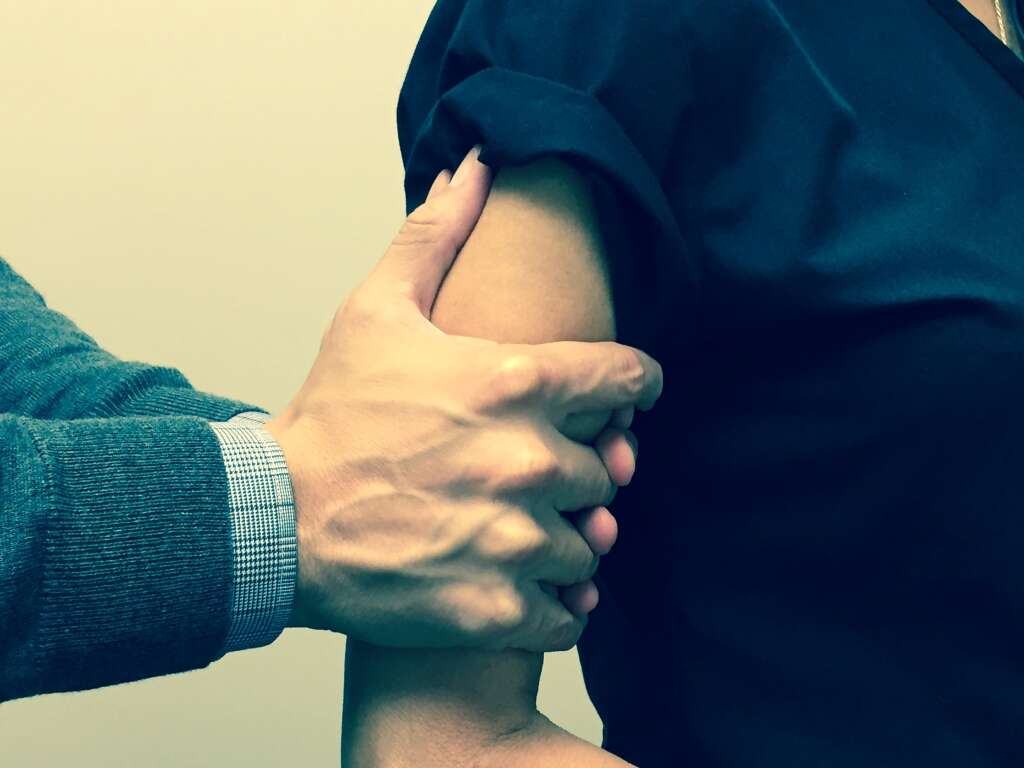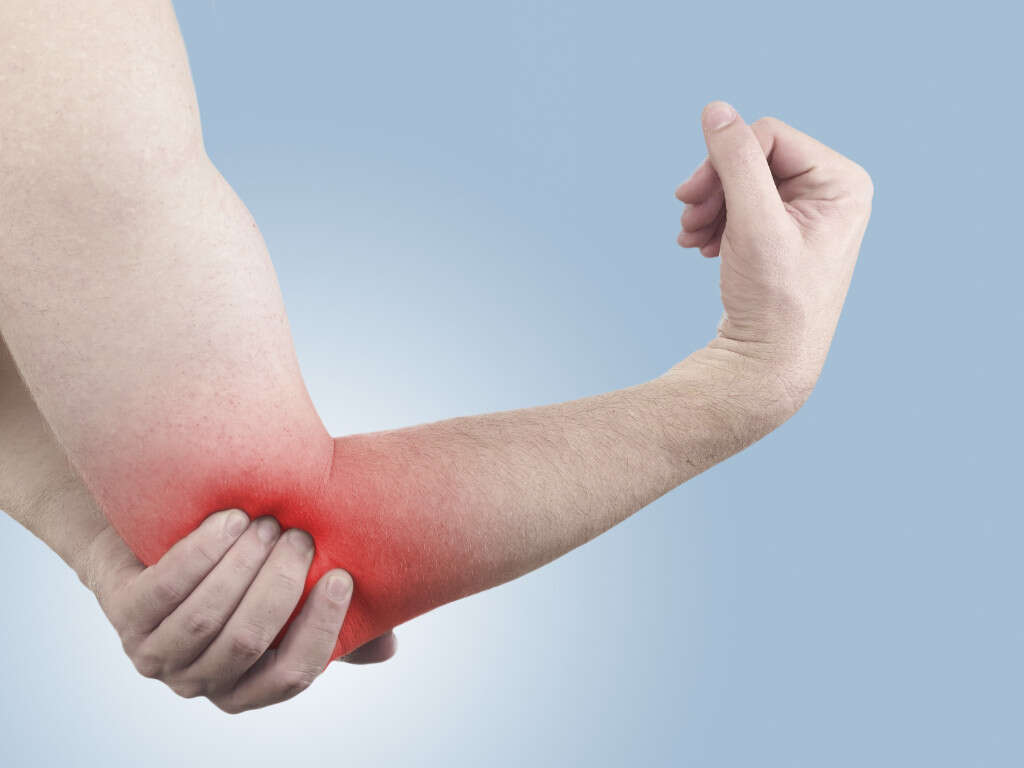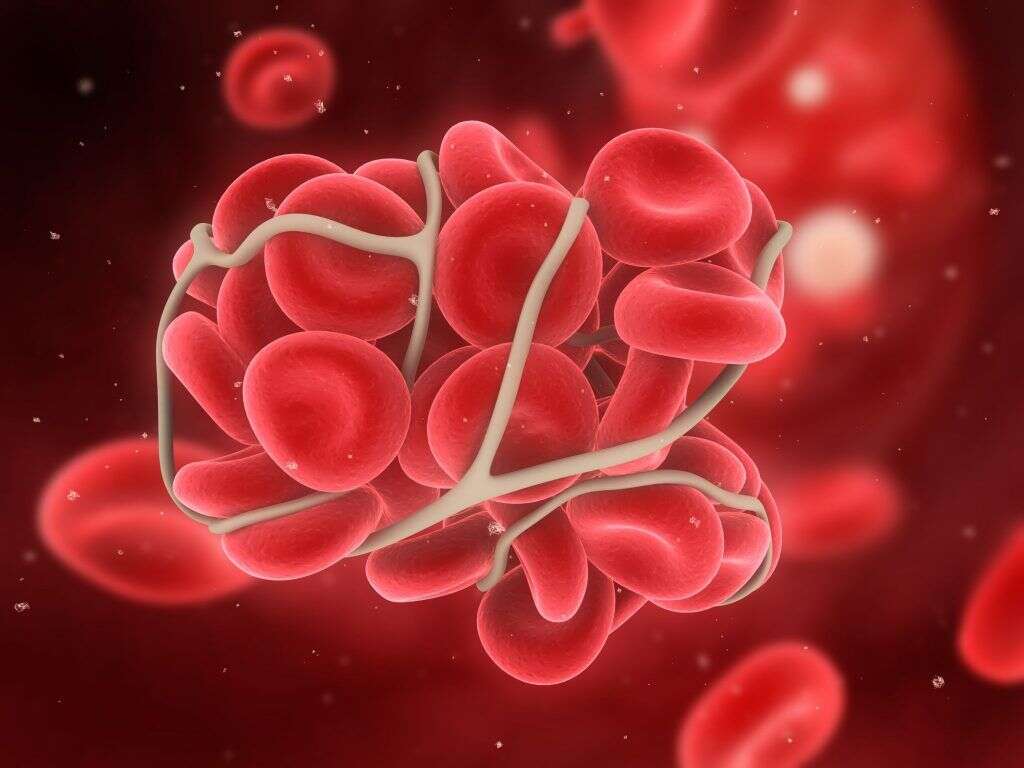10 Common Causes of Armpit Pain
 Article Sources
Article Sources
- 1. 'Antiperspirant and Deodorant Allergy: Diagnosis and Management.' Matthew Zirwas; Jessica Moennich. ncbi.nlm.nih.gov/pmc/articles/PMC3013594/
- 2. 'Anatomy, Shoulder and Upper Limb, Axilla.' Amber Gordon. ncbi.nlm.nih.gov/books/NBK547723/
- 3. ’Swollen Lymph Nodes: Medlineplus Medical Encyclopedia.’ medlineplus.gov/ency/article/003097.htm
- 4. 'Psoriasis: Overview.' ncbi.nlm.nih.gov/books/NBK279447/
- 5. 'Folliculitis.' Richard Winters. ncbi.nlm.nih.gov/books/NBK547754/
- 6. 'Management Of Tinea Corporis, Tinea Cruris, and Tinea Pedis: A Comprehensive Review.' Alok Sahoo; Rahul Mahajan. ncbi.nlm.nih.gov/pmc/articles/PMC4804599/
- 7. 'Intertrigo.' Timothy Nobles. ncbi.nlm.nih.gov/books/NBK531489/
- 8. '7 Warning Signs Of Breast Cancer.' stonybrookmedicine.edu/southbayobgyn/news-blog/breastcancerwarningsigns
Bacterial Infection
Bacteria thrive in warm, moist environments, such as the armpit. It's therefore common for bacterial infections to affect the skin under the arms, which may cause a rash and pain.
One such bacterial infection is folliculitis.5‘Folliculitis.’ Richard Winters. ncbi.nlm.nih.gov/books/NBK547754/ This is an infection of the hair follicles that's commonly caused by bacteria entering the body through breaks in the skin. The condition presents as red or pink lumps that sometimes contain pus. The itching and pain usually clear up naturally with no intervention.
Advertisement











